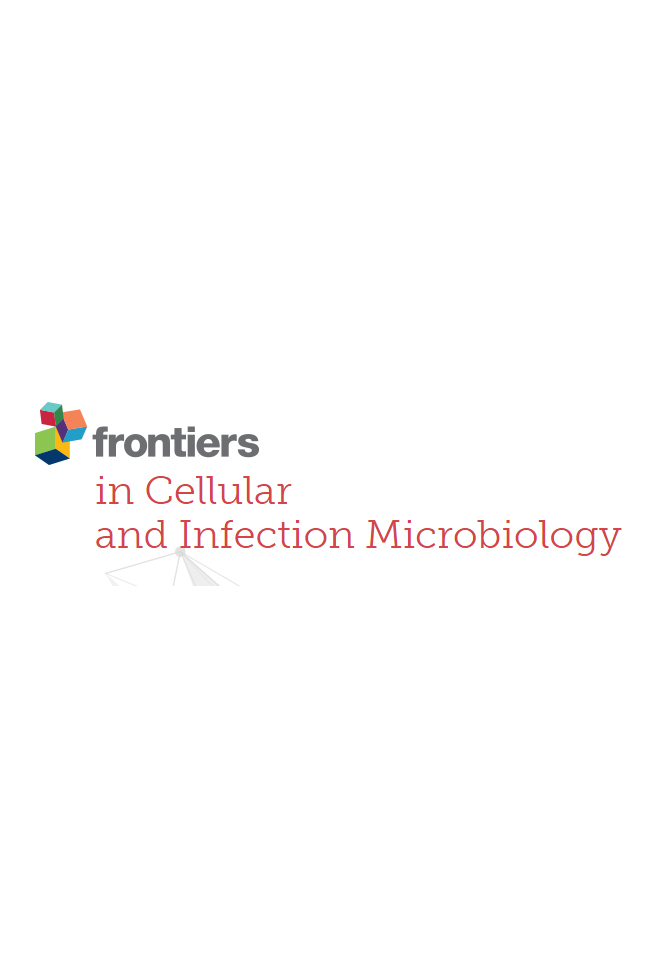Front Cell Infect Microbiol. 2021 Oct 14;11:733094. doi: 10.3389/fcimb.2021.733094. eCollection 2021.
Manish Grover 1, Michael K Fasseas 1, Clara Essmann 1, Kenneth Liu 1, Christian Braendle 2, Marie-Anne Félix 3, Sally L Glockling 4, Michalis Barkoulas 1
Affiliations
1 Department of Life Sciences, Imperial College, London, United Kingdom.
2 Université Côte d’Azur, CNRS, Inserm, IBV, Nice, France.
3 Institut de Biologie de l’Ecole Normale Supérieure, CNRS, Inserm, Paris, France.
4 Independent Researcher, Eastbourne, United Kingdom.
Abstract
Oomycetes are a group of eukaryotic organisms that includes many important pathogens of animals and plants. Within this group, the Haptoglossa genus is characterised by the presence of specialised gun cells carrying a harpoon-like infection apparatus. While several Haptoglossa pathogens have been morphologically described, there are currently no host systems developed to study the infection process or host responses in the lab. In this study, we report that Haptoglossa species are potent natural pathogens of Caenorhabditis nematodes. Using electron microscopy, we characterise the infection process in C. elegans and demonstrate that the oomycete causes excessive tissue degradation upon entry in the body cavity, whilst leaving the host cuticle intact. We also report that the host transcriptional response to Haptoglossa infection shares similarities with the response against the oomycete Myzocytiopsis humicola, a key example of which is the induction of chitinase-like (chil) genes in the hypodermis. We demonstrate that this shared feature of the host response can be mounted by pathogen detection without any infection, as previously shown for M. humicola. These results highlight similarities in the nematode immune response to natural infection by phylogenetically distinct oomycetes.
PMID: 34722333
DOI: 10.3389/fcimb.2021.733094

